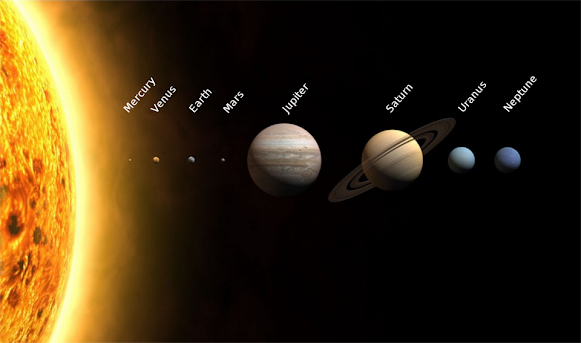Despite all of its problems and faults, Earth is a lovely place. Especially if you compare it with our neighboring planets.
Our favorite astrophysicist, Neil deGrasse Tyson, explains how long you would survive on other planets in our solar system without a spacesuit (well, to be honest, in most planets the spacesuit won’t help you at all).
Sun
How long: Less than a second
“Let’s start with the sun; you would vaporize really, really fast. Not a good place to visit although i’m told if you go at night… well, that’s an old astronomy joke.”
Mercury
How long: As long as you can hold your breath
“First planet out is Mercury. The side that faces the sun is very hot (up to 800 °F / 426 °C). There’s another side that does not face the sun that’s really cold. So, if you straddle that zone it’d be like you rotated like in a rotisserie chicken and you would have cold and warm sides of you. You might be able to get the right temperature and survive as long as you could hold your breath.”
Venus
How long: Less than a second
“Next one is Venus. With a temperature of 900 °F / 482 °C, it’s hotter than a pizza oven . Oh, by the way, Venus has about the same gravity as Earth so you’d be very familiar walking around until you vaporize.”
Earth
How long: About 80 years
Mars
How long: As long as you can hold your breath
“Mars is very cold (-80 °F / -62 °C) but the air is very thin, so the intensity of the cold would not be as biting as it might otherwise feel at that temperature on Earth. If you put on some insulating clothing, you could walk around holding your breath.”
Jupiter
How long: Just forget it.
“After Mars you get to Jupiter which has no surface for you to land on. You will descend forever into the gaseous atmosphere until you’re crushed by the pressure of the planet’s layers.”
Saturn, Uranus And Neptune
How long: Just forget it.
“The same thing applies to all other gas giants: You’ll descend down to the center and you’ll be crushed by the atmosphere as the atmospheric pressure continue to grow. By the way, Saturn’s rings which look like a solid object are actually particles – frozen water, possibly ammonia, rock etc.”

